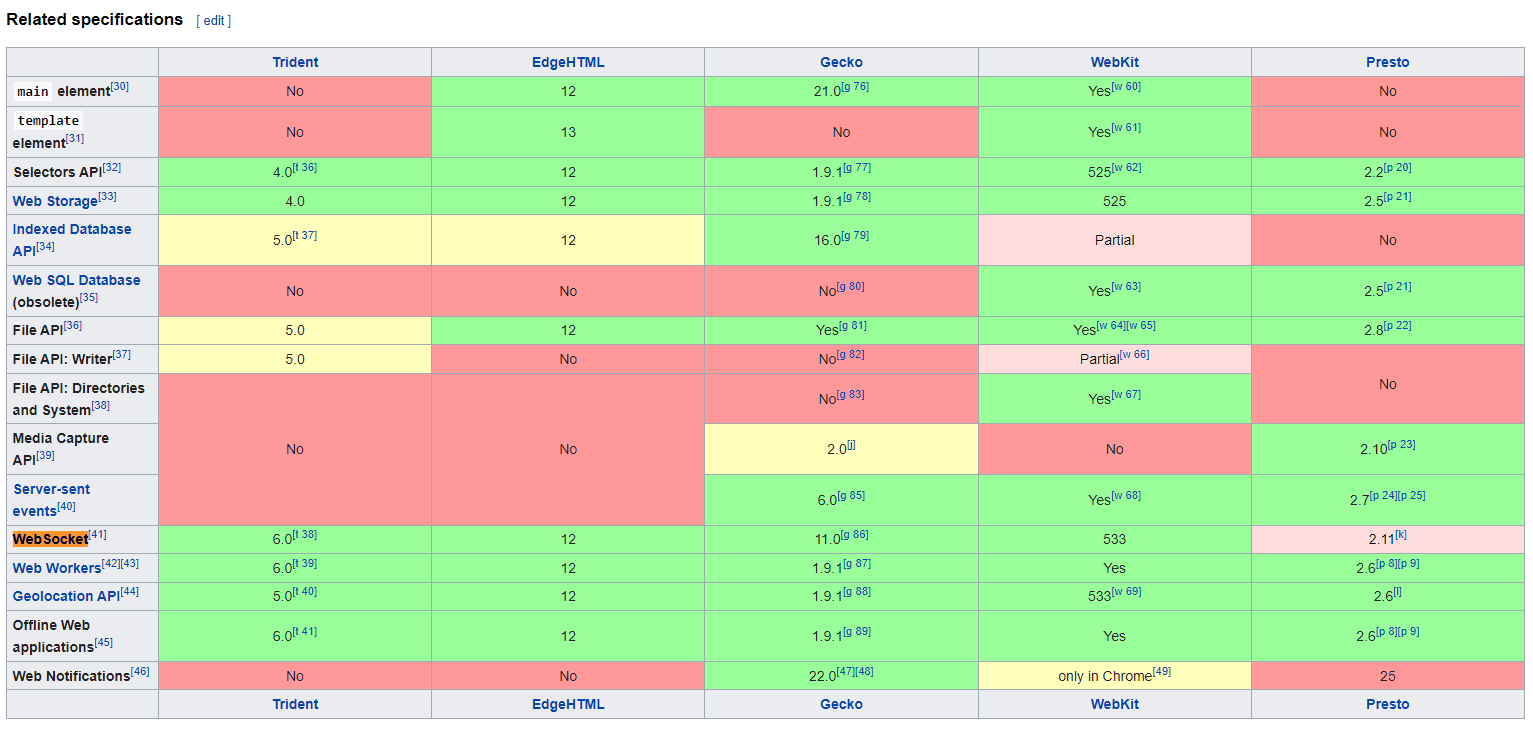Why use AJAX when WebSockets is available?
Why use AJAX when WebSockets seems to do such a great job of lowering latency and resource overhead, is there anything that AJAX does better than WebSockets?

Answer
WebSockets isn't intended to replace AJAX and is not strictly even a replacement for Comet/long-poll (although there are many cases where this makes sense).
The purpose of WebSockets is to provide a low-latency, bi-directional, full-duplex and long-running connection between a browser and server. WebSockets opens up new application domains to browser applications that were not really possible using HTTP and AJAX (interactive games, dynamic media streams, bridging to existing network protocols, etc).
However, there is certainly an overlap in purpose between WebSockets and AJAX/Comet. For example, when the browser wants to be notified of server events (i.e. push) then Comet techniques and WebSockets are certainly both viable options. If your application needs low-latency push events then this would be a factor in favor of WebSockets. On the other hand, if you need to co-exist with existing frameworks and deployed technologies (OAuth, RESTful APIs, proxies, load balancers) then this would be a factor in favor of Comet techniques (for now).
If you don't need the specific benefits that WebSockets provides, then it's probably a better idea to stick with existing techniques like AJAX and Comet because this allows you to re-use and integrate with a huge existing ecosystem of tools, technologies, security mechanisms, knowledge bases (i.e. far more people on stackoverflow know HTTP/Ajax/Comet than WebSockets), etc.
On the other hand, if you are creating a new application that just doesn't work well within the latency and connection constraints of HTTP/Ajax/Comet, then consider using WebSockets.
Also, some answers indicate that one of the downsides of WebSockets is limited/mixed server and browser support. Let me just diffuse that a bit. While iOS (iPhone, iPad) still supports the older protocol (Hixie) most WebSockets servers support both Hixie and the HyBi/IETF 6455 version. Most other platforms (if they don't already have built-in support) can get WebSockets support via web-socket-js (Flash based polyfill). This covers the vast majority of web users. Also, if you are using Node for the server backend, then consider using Socket.IO which includes web-socket-js as a fallback and if even that is not available (or disabled) then it will fall back to using whatever Comet technique is available for the given browser.
Update: iOS 6 now supports the current HyBi/IETF 6455 standard.



